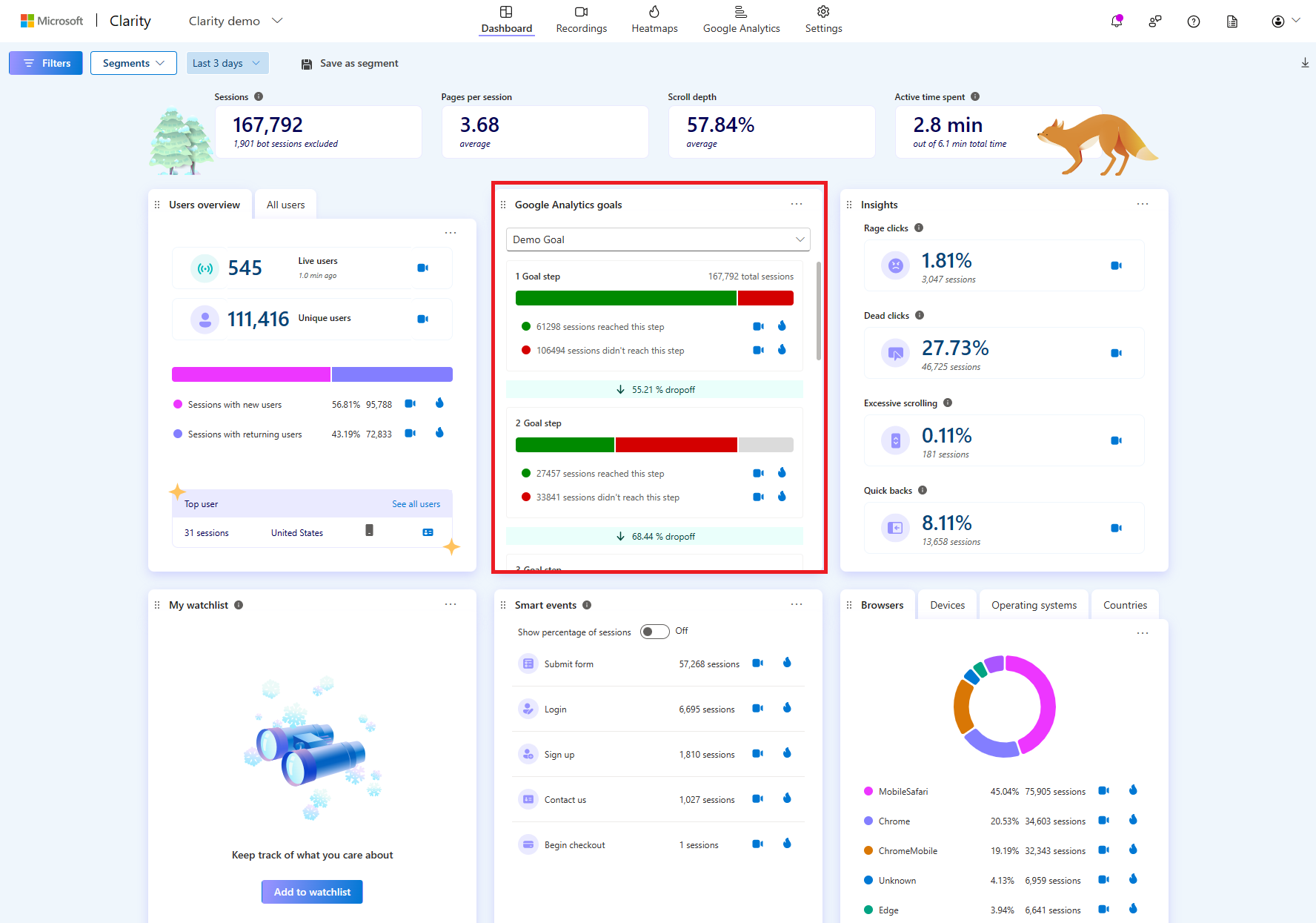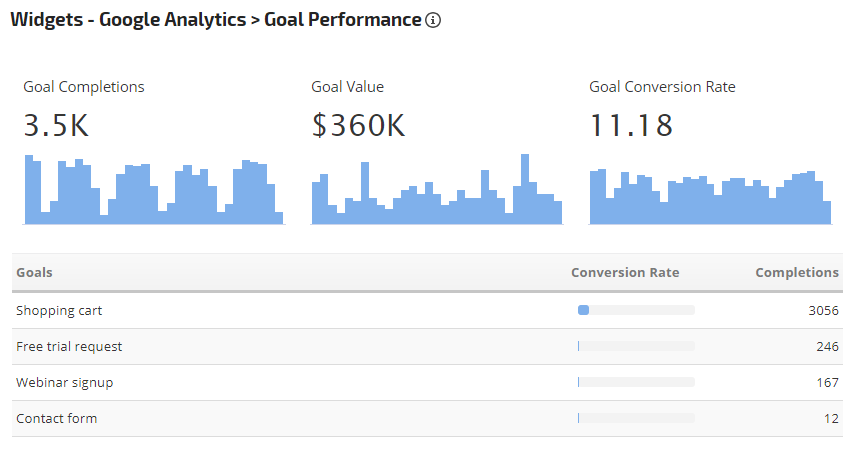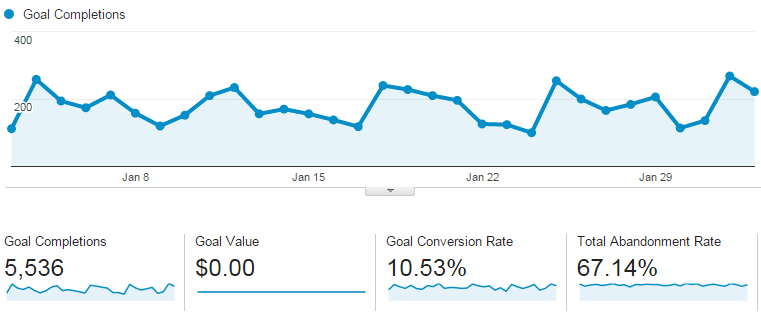Exploring What Data Is Google Analytics Goals Unable to Track
Revealing the Blind Attractions: Comprehending What Google Analytics Goals Can not Measure
In the realm of digital analytics, Google Analytics stands as a powerful tool for tracking and evaluating on the internet customer interactions. Understanding what Google Analytics objectives can not determine is important for gaining an extensive view of user behavior and interaction.
User Behavior on External Platforms
Recognizing how individuals interact on outside platforms is critical for enhancing online approaches. Exterior systems, such as social networks networks, reference sites, and on-line discussion forums, play a substantial duty in driving web traffic to a company's site. By assessing customer actions on these systems, organizations can acquire valuable insights right into the effectiveness of their advertising initiatives and the choices of their target audience.
One key aspect of customer behavior on exterior platforms is the referral source. By tracking where the individuals are coming from, organizations can determine which systems are driving one of the most traffic to their internet site. This details can help firms allot their resources more effectively, focusing on the platforms that produce the most effective outcomes.

Offline Conversions and Interactions
Evaluating customer habits on external systems offers beneficial insights right into on the internet techniques; nonetheless, thinking about offline conversions and interactions is similarly vital for a detailed understanding of a business's overall efficiency. Offline conversions, such as in-store purchases or phone inquiries, play a significant role in several organizations' success.

Attribution Beyond Last Click
When delving right into the world of electronic marketing analytics, it ends up being vital to look beyond the single touchpoint of the last click for a much more thorough understanding of acknowledgment. While Google Analytics provides useful understandings right into customer actions, depending exclusively on last-click acknowledgment can be restricting - what data is google analytics goals unable to track. Acknowledgment versions that go past the last click offer a more nuanced view of the customer journey, considering all the touchpoints that result in a conversion
Acknowledgment past the last click enables marketers to assign credit history to different interactions along the conversion course, offering a more clear image of the effectiveness of different marketing networks. By checking out multi-touch attribution models such as linear, time decay, or position-based acknowledgment, organizations can much better designate their advertising budgets and optimize their approaches for optimal effect.
Understanding the influence of each touchpoint in the conversion procedure is vital for making notified decisions and maximizing ROI. By accepting attribution past the last click, companies can obtain much additional hints deeper insights right into customer actions and tailor their advertising and marketing initiatives more properly.
Cross-Device and Cross-Browser Tracking

Likewise, cross-browser monitoring enhances cross-device monitoring by recording user habits as they switch over in between various web browsers. Comprehending exactly how customers connect with websites on various browsers can assist marketers optimize their online experiences to make sure uniformity and capability across different platforms.
Qualitative Data and User Intent
Understanding user intent with qualitative data analysis is vital for developing targeted digital advertising and marketing approaches that resonate with the needs and preferences of the target market. Qualitative data supplies understandings right into the 'why' behind individual actions, clarifying motivations, emotions, and choices that measurable data alone can not catch. By evaluating user feedback, remarks, and communications, marketing professionals can discover important information concerning customer intent, enabling them to tailor their messaging, content, and offerings to much better line up with visit site what their audience is looking for.
Qualitative data also aids in comprehending the context in which users involve with an internet site or application. This contextual understanding enables marketers to develop more relevant and tailored experiences, eventually driving higher involvement and conversion rates. By diving into customer intent with qualitative information evaluation, organizations can acquire a much deeper understanding of their target audience, leading to much more efficient marketing techniques that fulfill customers' requirements and assumptions.
Conclusion
In verdict, Google Analytics goals have constraints in measuring individual actions on outside systems, offline conversions, attribution beyond last click, cross-browser and cross-device tracking, and qualitative information connected to individual intent. what data is google analytics goals unable to track. It is essential for companies to be familiar with these blind spots in order to supplement their data evaluation with various other tools and techniques to obtain a more detailed understanding of their target market and boost their overall electronic advertising methods
By analyzing user habits on these systems, organizations can gain important understandings right into the performance of their marketing efforts and the preferences of their target audience.
Examining customer behavior on outside systems gives valuable insights into on the internet methods; nonetheless, considering offline conversions and interactions is similarly imperative for an extensive understanding of a firm's total efficiency.In electronic advertising analytics, relocating past last-click attribution to check out cross-device and cross-browser tracking is vital for getting an alternative understanding of individual communications throughout different systems and gadgets. By examining individual comments, comments, and interactions, online marketers can discover valuable information concerning customer intent, enabling them to tailor their messaging, content, and offerings to better straighten with what their target market is looking for.
By delving into customer intent with qualitative data analysis, organizations can obtain a much deeper understanding of their read target audience, leading to much more effective advertising and marketing approaches that satisfy individuals' needs and assumptions.